-
 1 / 16
1 / 16 -
DOWN TO EARTH
The Dutch pavilion is a living organism, a contemporary appearance made of minerals, plants, animals, organic material, fungi and bacteria, which together form “new soils”. It is both a garden and a building, a place of encounter and exchange between people and other life forms. Visitors find shelter here as the garden grows, breathes and changes over time. As they walk around, the layers settle, layers of organic matter become fertile soil, and water is filtered through the earth’s walls. Birds and bumblebees nest, fungi develop their network of relationships. It is the common ground where our relationships with other forms of life and technology are explored, critiqued, developed or celebrated.
Visitors do not experience the pavilion as users or consumers, but as gardeners and explorers. As active, living organisms that gain experiences within a broader, collective, living organism – the building. Along the route, as in a field, they meet all kinds of life forms and collect experiences, driven by curiosity and guided by insertions within the walls and terrains. We demonstrate contemporary technologies for food production, water filtration and soil remediation. Along the way, they may encounter polluted soil, where purifying garlic and sunflowers grow, and where heavy metals are extracted for use as pigments; they can drinking rainwater filtered through the pavilion’s biochar layers. Pick some capers growing on the pavilion’s alkaline floor or listen to the sound of growing tomatoes as they climb the southern walls of the pavilion.2 / 16 -
 3 / 16
3 / 16 -
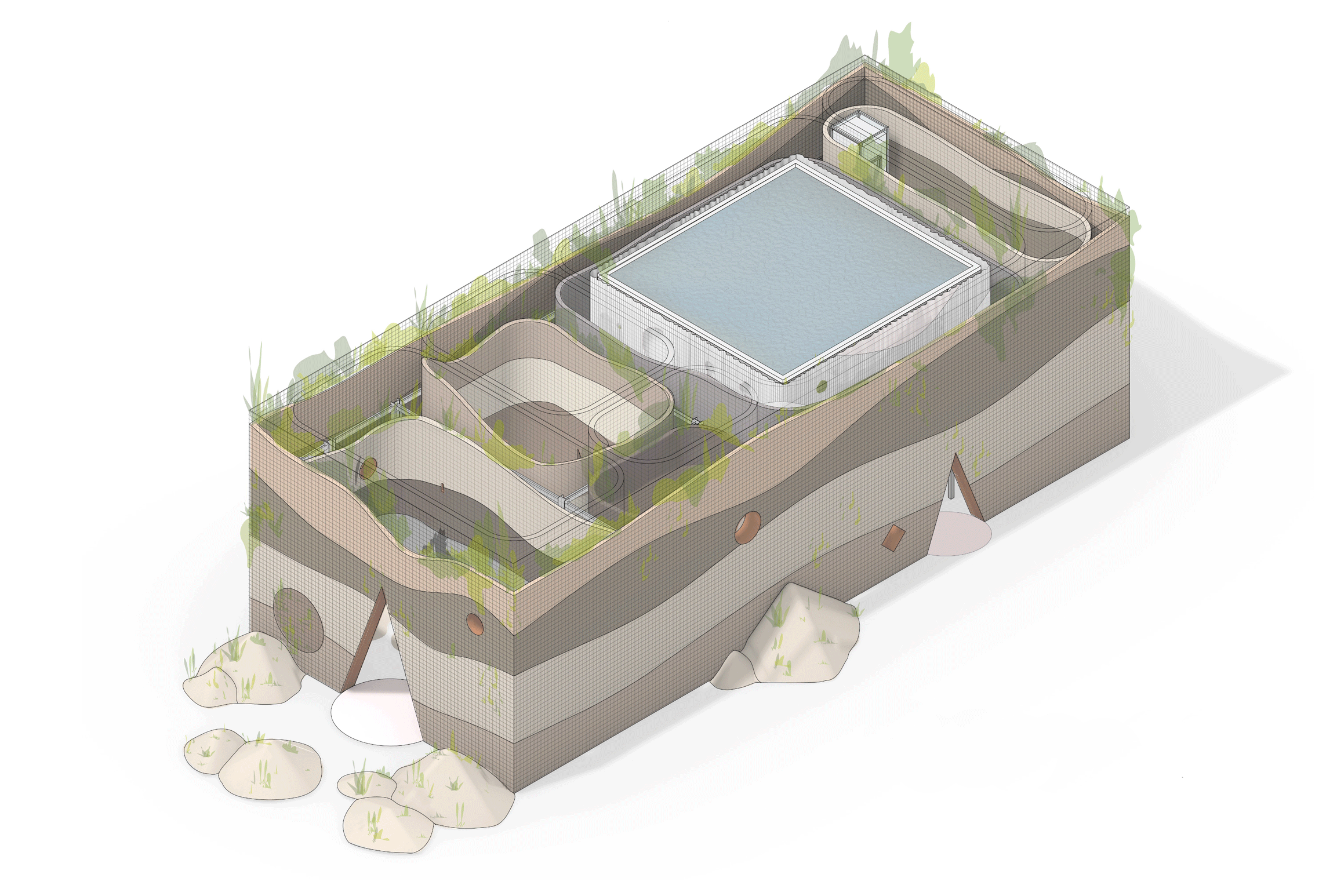 4 / 16
4 / 16 -
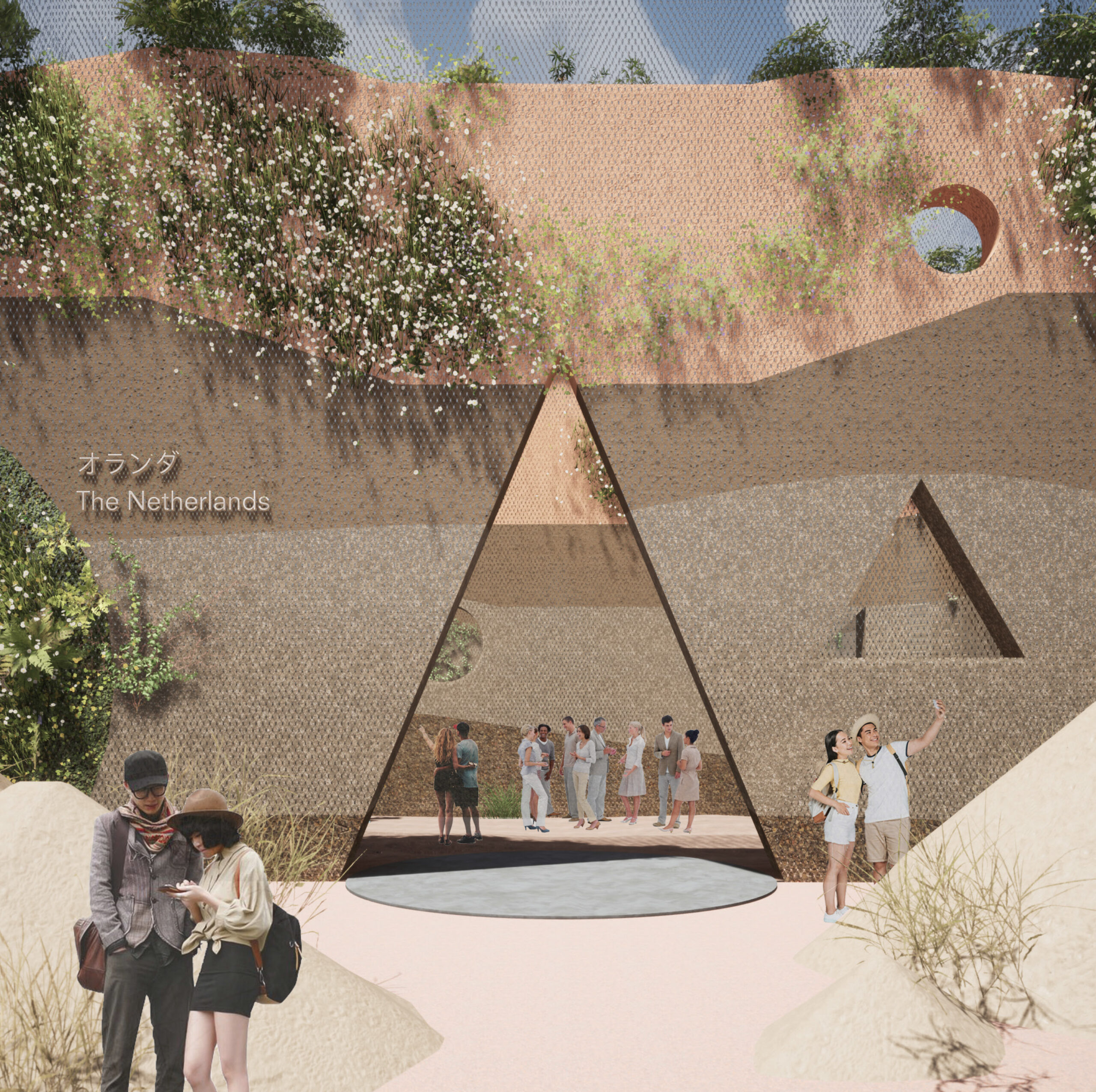 5 / 16
5 / 16 -
 6 / 16
6 / 16 -
 7 / 16
7 / 16 -
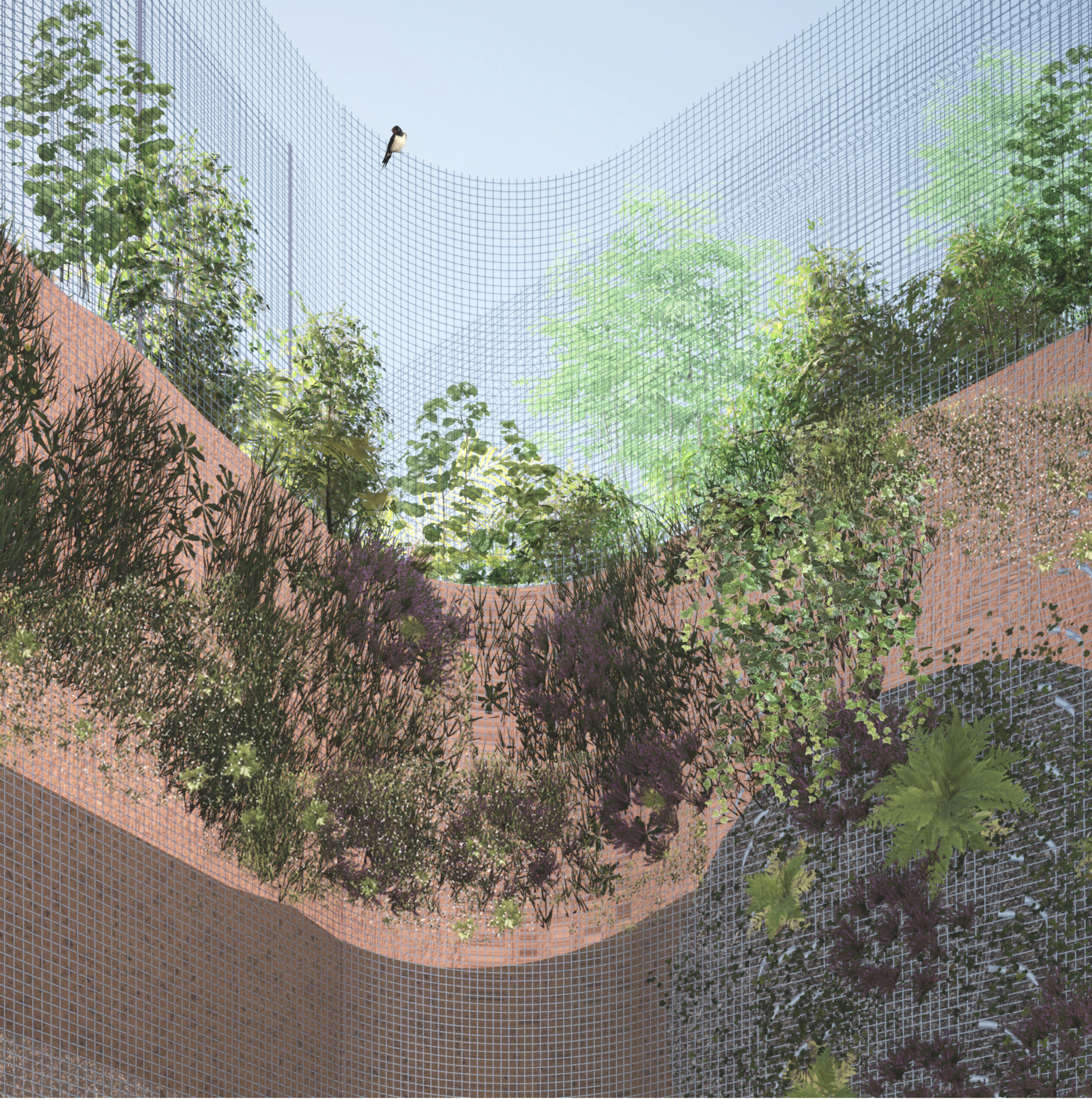 8 / 16
8 / 16 -
 9 / 16
9 / 16 -
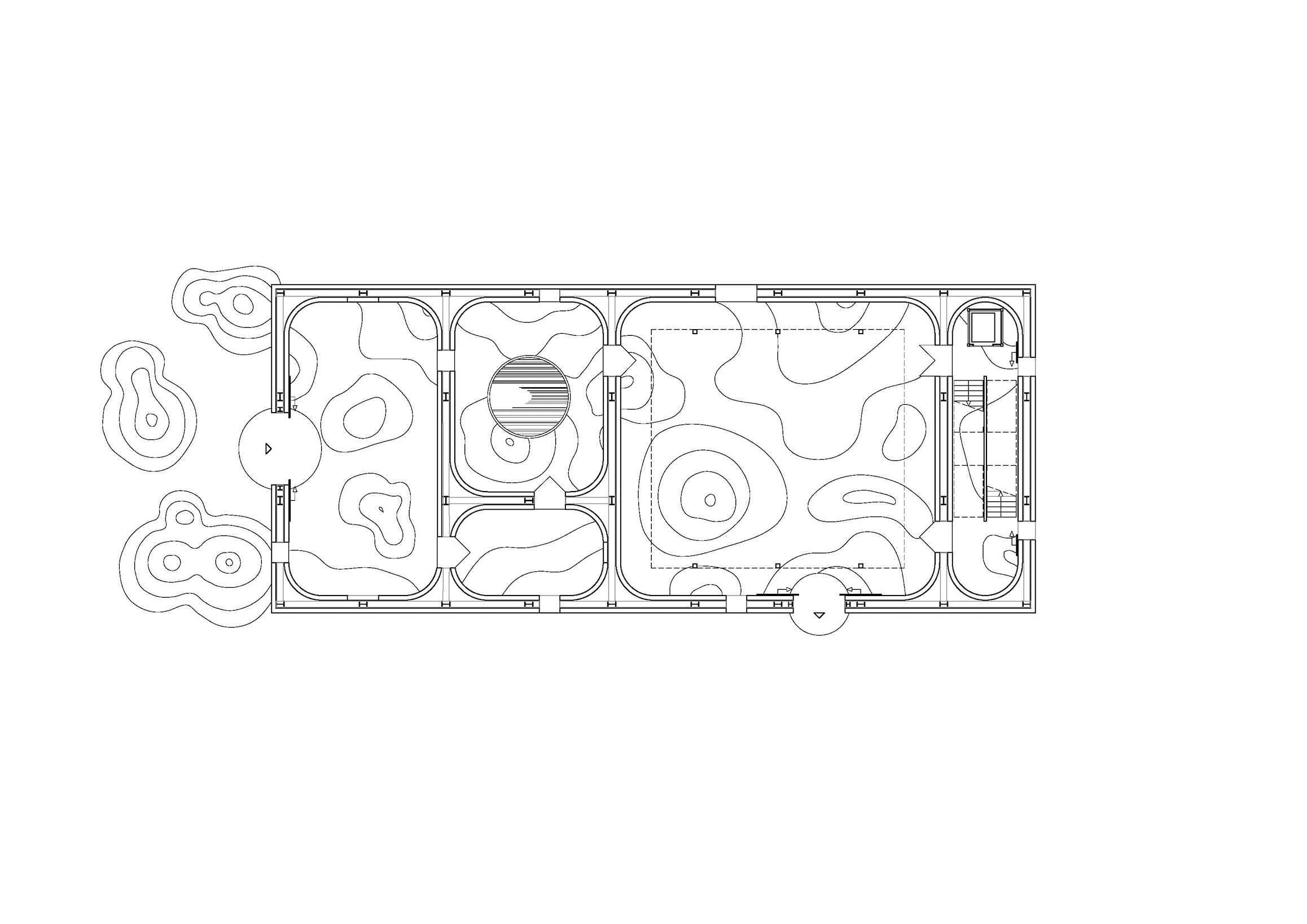 10 / 16
10 / 16 -
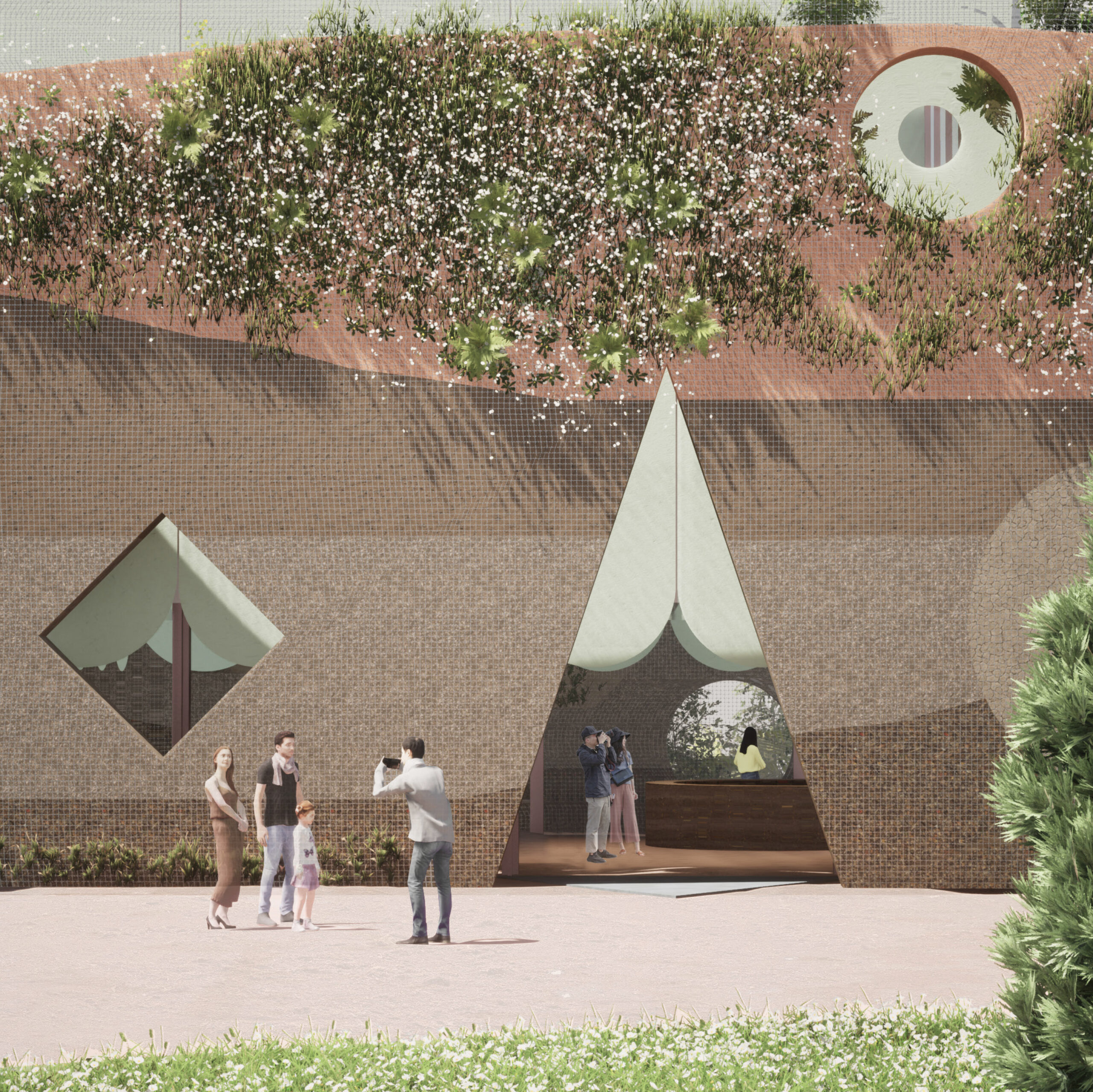 11 / 16
11 / 16 -
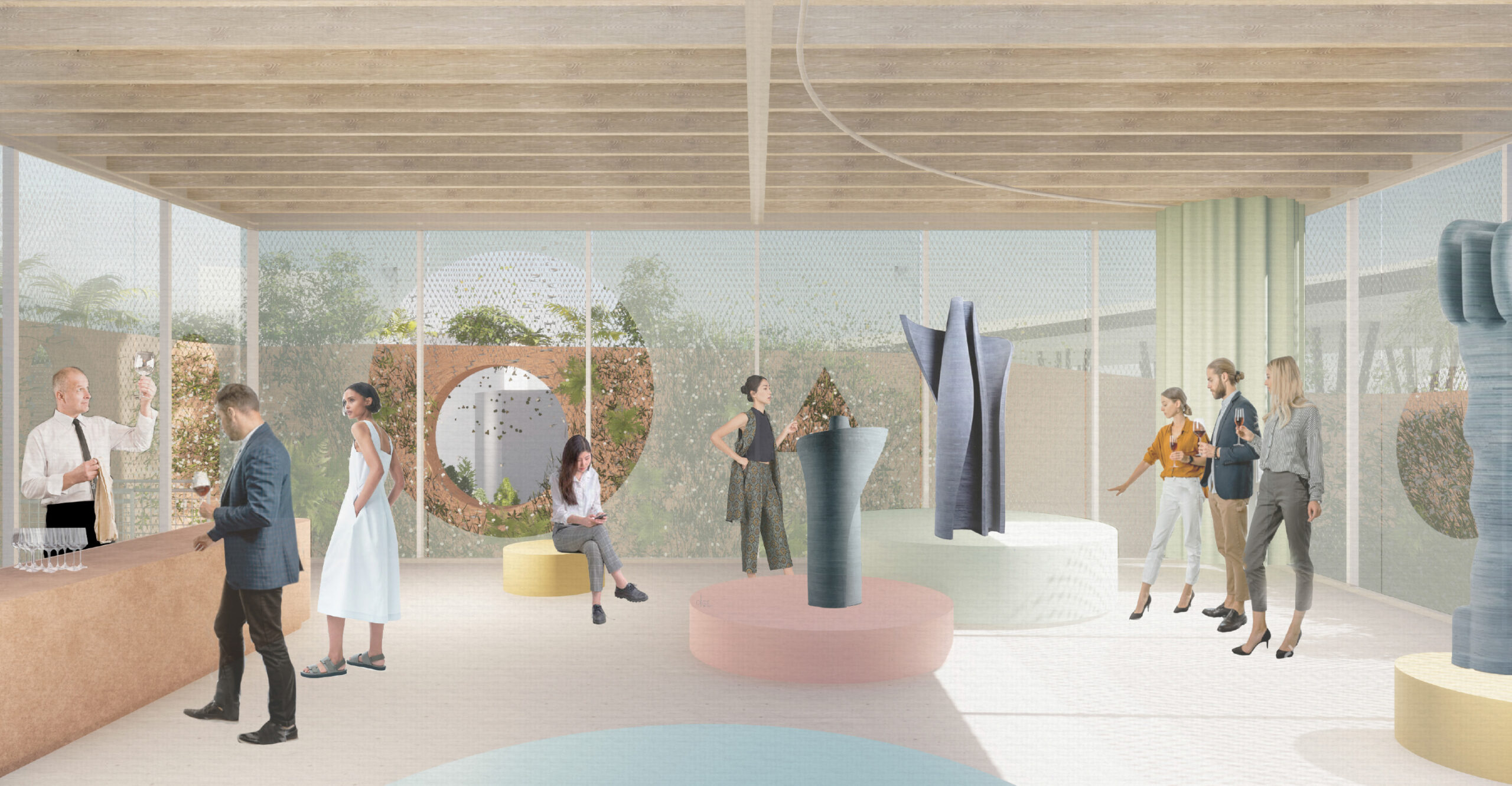 12 / 16
12 / 16 -
 13 / 16
13 / 16 -
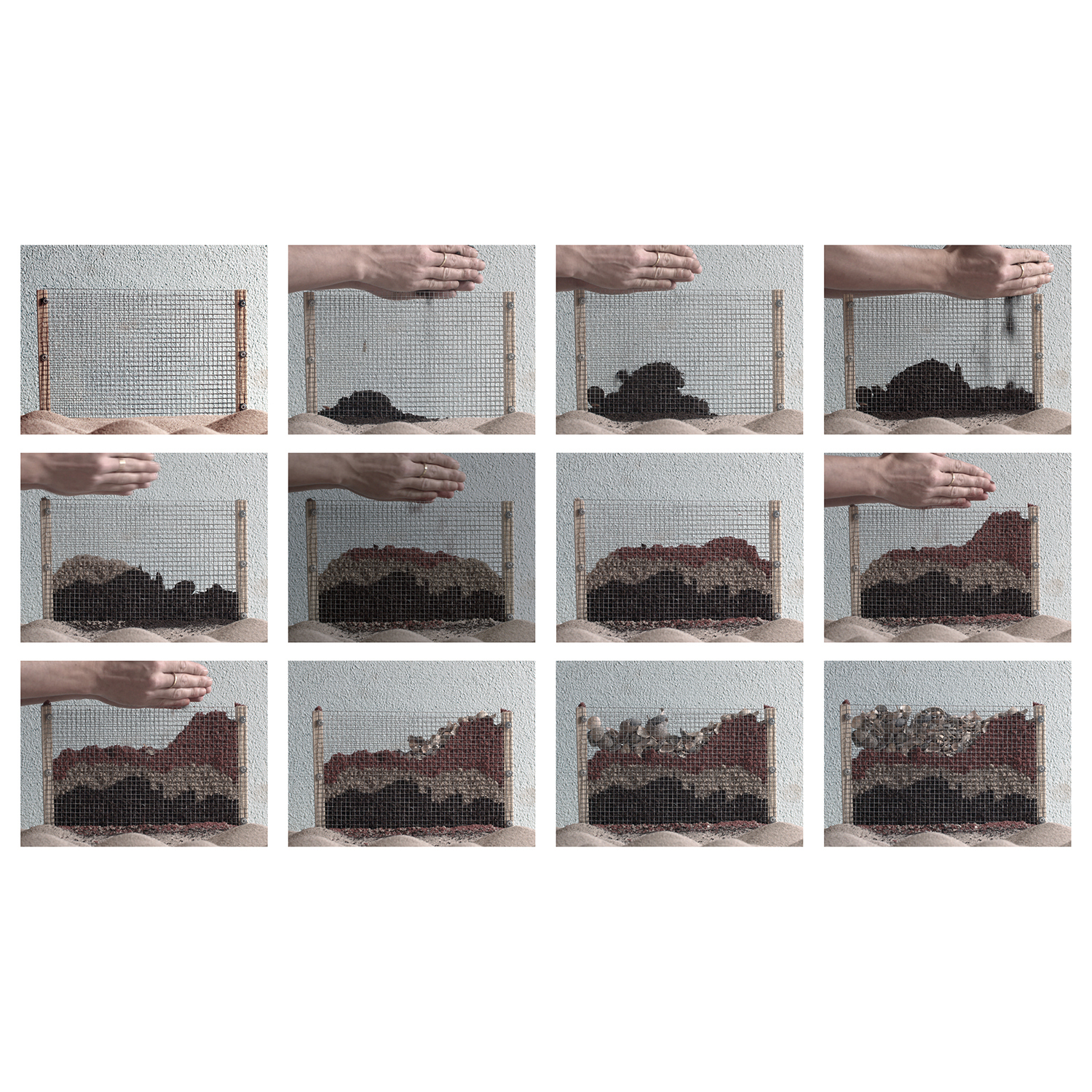 14 / 16
14 / 16 -
 15 / 16
15 / 16